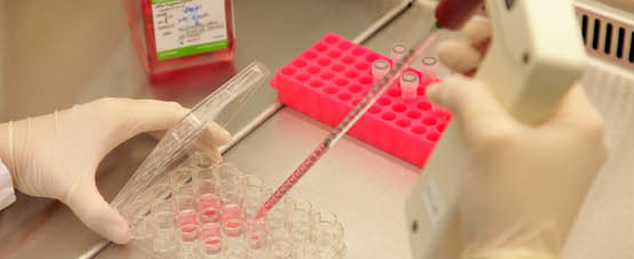Immunoglobulina ANTI- Rh (D)

What is immunoglobulin anti-Rh(D) used for?
In this country, approximately 83-85% of the population has a protein on the surface of their red blood cells called Rh(D) antigen. These people are known as Rh positive.
The remaining 15-17% do not have the Rh(D) antigen protein and are therefore Rh negative. When a person who is Rh negative has Rh positive erythrocytes introduced in their blood circulation (following a transfusion, or in pregnancy) their body may respond by manufacturing anti-Rh antibodies in order to destroy the Rh-positive erythrocytes.
If the unborn child of an Rh-negative pregnant woman is Rh positive, some red blood cells from the child can be passed to the mother's blood via the placenta. Although this can happen at any stage during pregnancy, it is more common after the 28th week, during birth or during a termination.
The mother's immune system can respond with an immune response whereby it makes anti-Rh antibodies which cross the placenta and attack the Rh-positive child's erythrocytes or, more frequently, attack the erythrocytes of a second Rh-positive child, causing the destruction of the erythrocytes. This then causes the unborn child to develop anaemia and an excess of bilirubin in the newborn which is very dangerous for its neurological toxicity. This is known as haemolytic disease. The most serious cases can result in death.
Administering anti-Rh(D) immunoglobulin to the mother soon after exposure to the child's Rh-positive blood, suppresses the mother's immune response and avoids the foetus becoming ill. Systematic administration of anti-Rh(D) immunoglobulin in such cases from the end of the 1960s in all Rh-negative women with Rh-positive foetuses has almost eradicated an illness which, in 1969, killed 48 unborn children per 100,000 live births.
What is immunoglobulin anti-D?
Immunoglobulin anti-D is a blood product made from human plasma. Plasma is the liquid part of blood which contains multiple proteins including immunoglobulins, produced by white blood cells (leukocytes) which attack and destroy any foreign organism (including germs, blood cells and proteins) which enter our bodies.
Through complex manufacturing techniques, it is possible to separate and concentrate specific immunoglobulins in order to use them to treat or prevent illness.
The anti-Rh(D) immunoglobulin is obtained from human plasma, collected by plasmapheresis, from many Rh-negative donors, who have developed antibodies targeted at Rh-positive red blood cells, as a result of having come into contact with Rh-positive red blood cells following pregnancy or transfusion. It can also be produced, with the consent of the donor, by repeated injections of small quantities of Rh-positive blood.
Although it is customary to call this process "vaccination", in reality it isn't. The difference with vaccines - which make the body actively manufacture antibodies, resulting in long-term protection - is that anti-Rh(D) immunoglobulin is a passive antibody which only avoids immunisation, in that a new dose needs to be administered every time the patient is exposed to Rh-positive blood.
When is it administered?
Anti-Rh(D) immunoglobulin is administered to non-immune Rh-negative women, i.e. women who do not have anti-Rh antibodies, as once anti-Rh antibodies appear, it won't be effective:
- in the 28th week of pregnancy (antenatal prophylaxis of haemolytic disease).
- immediately after birth, if the child is Rh positive (postpartum prophylaxis)
- after an amniocentesis or any other diagnostic or therapeutic procedure involving puncture has been carried out
- after a spontaneous or therapeutic termination
- if the woman presents with blood loss, with a threat of miscarriage
- after an abdominal trauma (for example, a road traffic accident)
Anti-Rh(D) immunoglobulin is injected intramuscularly or intravenously, according to the preparation used, and remains effective for at least six weeks.